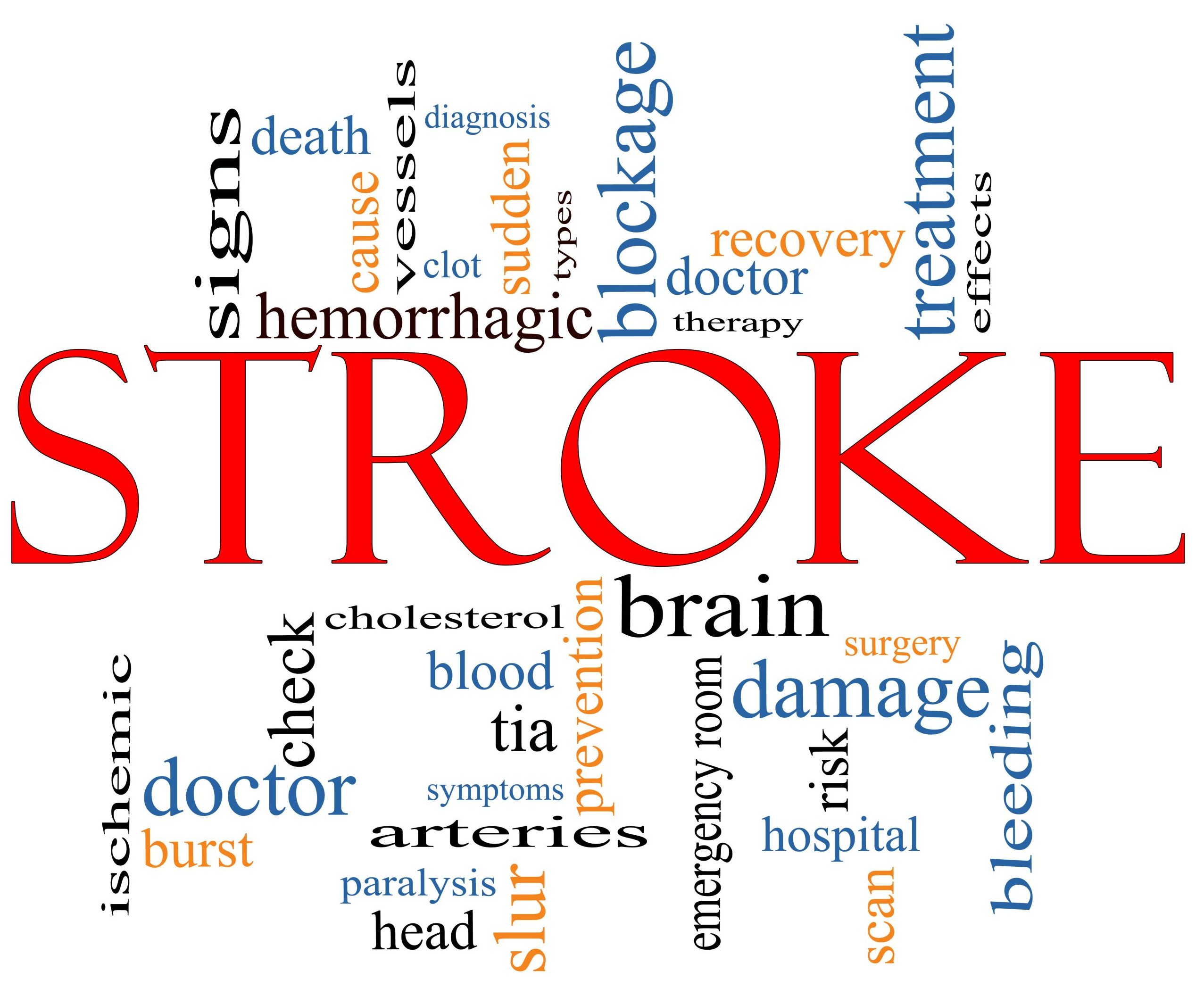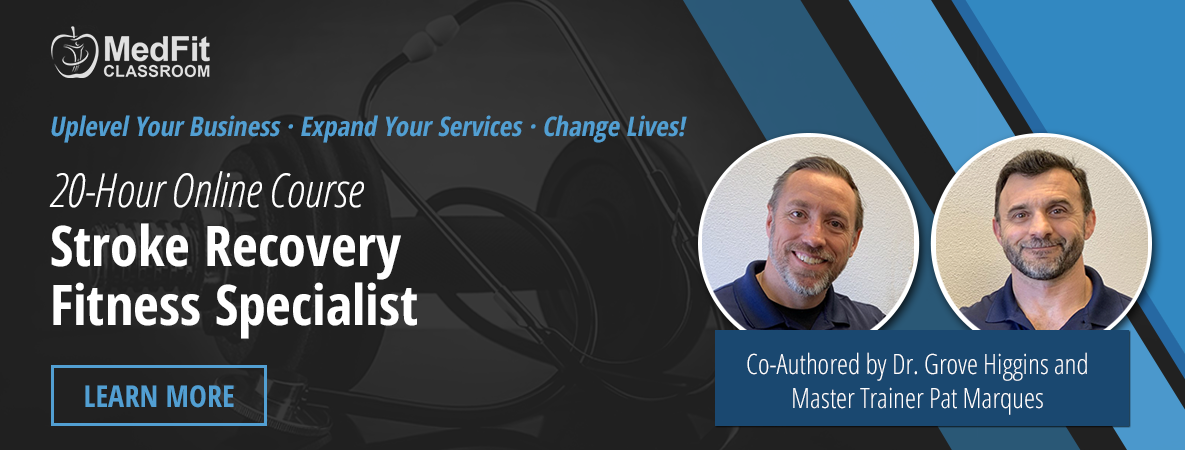
The Fascinating Realities of Stroke
A stroke is an obvious turning point in most survivors’ lives. In a best-case scenario, it can be as minor as a mild concussion. At worst, it is a disabling brain injury that leaves the person incapable of caring for themselves—or even breathing on their own. In any case, stroke clients can provide a significant challenge to a trainer wanting to help them, once medical care and primary rehabilitation has plateaued. This is especially true considering the variety of experiences a survivor can have, following a stroke.
Half the Man He Used to Be
One of the most baffling changes that a survivor can experience is altered perception of reality. In 1993 I was a personal trainer but worked as a physical therapy aide in an acute trauma recovery ward. Individuals were evaluated quite thoroughly before I ever got to work with them and stroke was a common “injury” in our ward. I got to know the stroke survivors pretty well and one such survivor was a middle-aged artist.
Recreational therapy was just in its infancy, but we had a therapist who offered such opportunities and the artistic
survivor created a self-sketch. Two things were quickly apparent: #1 this man was clearly a skilled artist and #2 he had drawn only half of his face and body! When questioned why he only drew half of himself he replied, sincerely, that he drew everything he saw; as far as he could tell, his portrait was complete.
This phenomenon is called a hemiagnosia. Specifically, when he was tested, he had a visual hemiagnosia (not able to see half of his own body) as well as not recognizing half of his own body as his own (asomatognosia) and not able to recognize there is an issue to begin with (anosognosia)1. This means there is not only a self-perceptual issue for the person, but they also neglect to use the area and cannot move it even if the neuromuscular system works. This is only one of dozens of neurological and physical “symptoms” a stroke survivor may exhibit, which present opportunities for the astute trainer to work with.
Training With an Arm Tied Behind your Back
Once the stroke survivor has graduated from their primary medical rehabilitation, the survivor’s potential for improvement can still be considerable. The trainer working with a stroke survivor has obvious and not-so-obvious issues to work with, like the story above. The challenge for the trainer is identifying the individualized deficits of their client and adapting their training methods to work with—and around—such problems. Sometimes this can feel limiting but it really presents opportunities for the trainer to become creative in using their skills.
Don’t Be Intimidated: Training the Stroke Survivor
Taking on fitness training for stroke survivors can sound daunting. What is important to realize is that your services are very needed in this population!
Begin learning a neuro-centric approach to medical fitness and how to work with stroke survivors with our Stroke Recovery Fitness Specialist online course, available through the MedFit Classroom.
Dr. Grove Higgins is a chiropractor, rehabilitationist, soft tissue injury expert, researcher, anatomy instructor, biomechanist, human performance expert, speaker, and corporate health consultant. In 2015, Dr. Higgins cofounded Neuroathlete with Coach Patrick Marques (LTC, US Army Ret.) and Peter Hoversten. Neuroathlete’s goal is to more broadly deliver neurological training to a global audience.
References
- Heidi Moawad, M. (2020, Febuary 2). Hemiagnosia in Stroke Survivors. Retrieved from VeryWellHealth: https://www.verywellhealth.com/hemiagnosia-and-strokes-3146451


